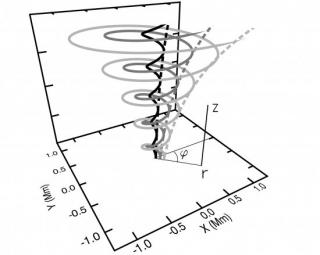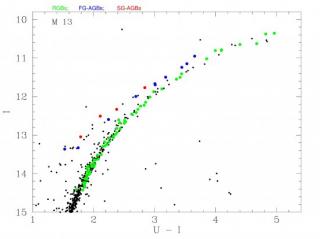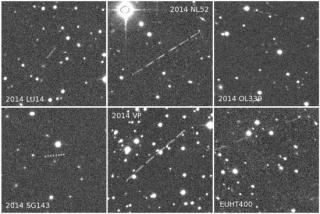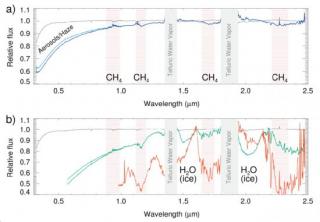
Recent high-resolution and high-cadence observations have surprisingly suggested that prominence barbs exhibit apparent rotating motions suggestive of a tornado-like structure. Additional evidence has been provided by Doppler measurements. The observations reveal opposite velocities for both hot and cool plasma on the two sides of a prominence barb. This motion is persistent for several hours and has been interpreted in terms of rotational motion of prominence feet. Several authors suggest that such barb motions are rotating helical structures around a vertical axis similar to tornadoes on
Advertised on




